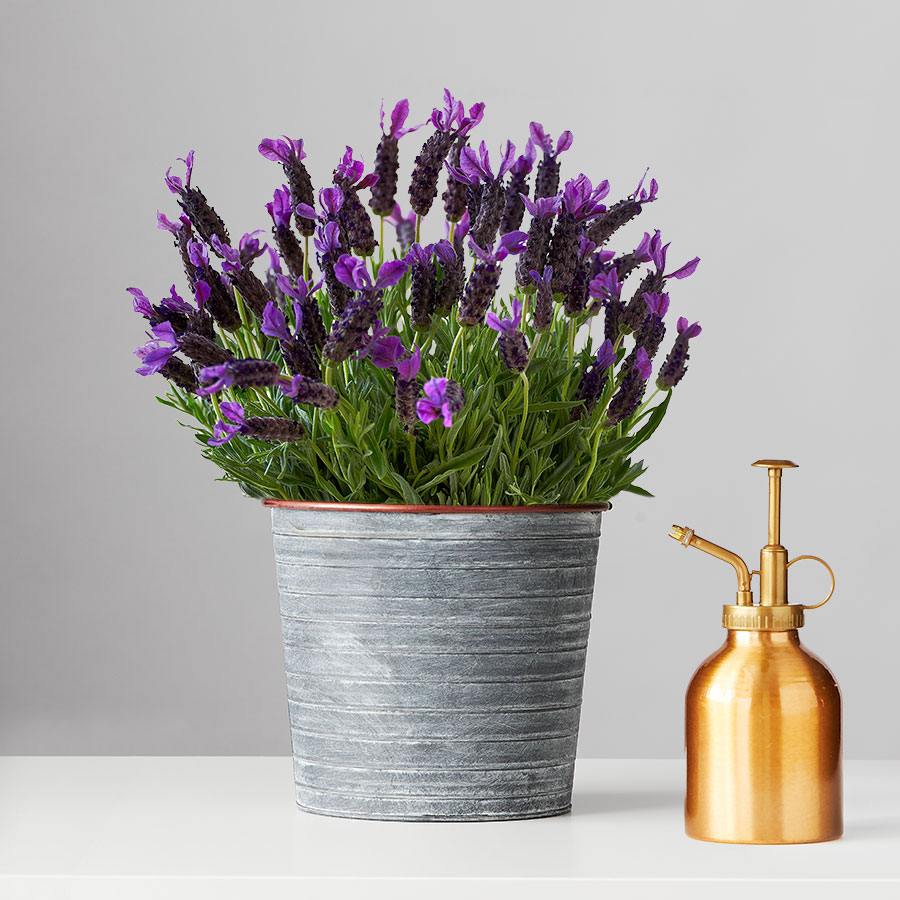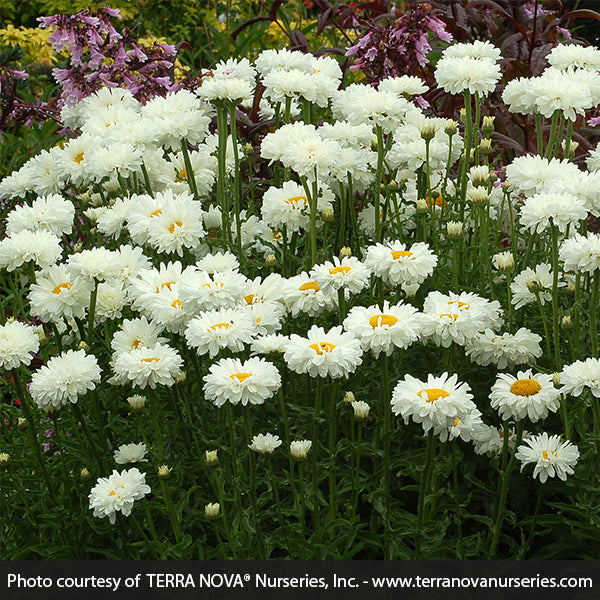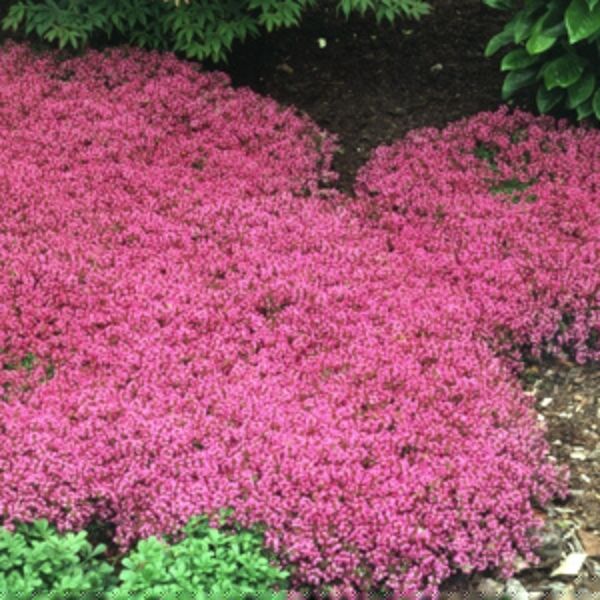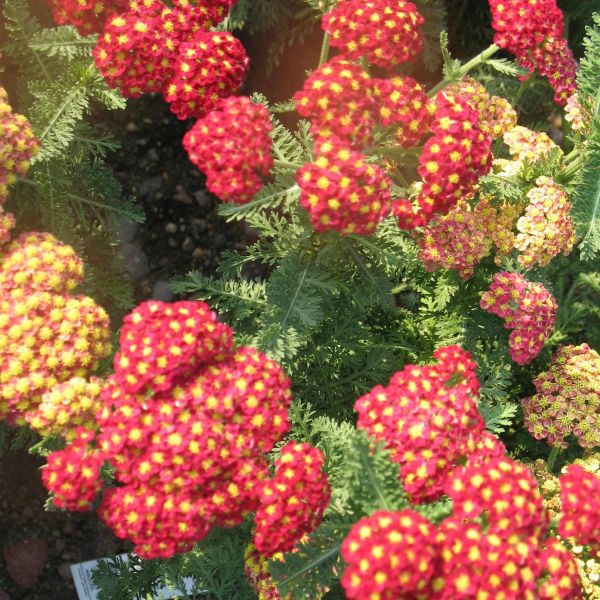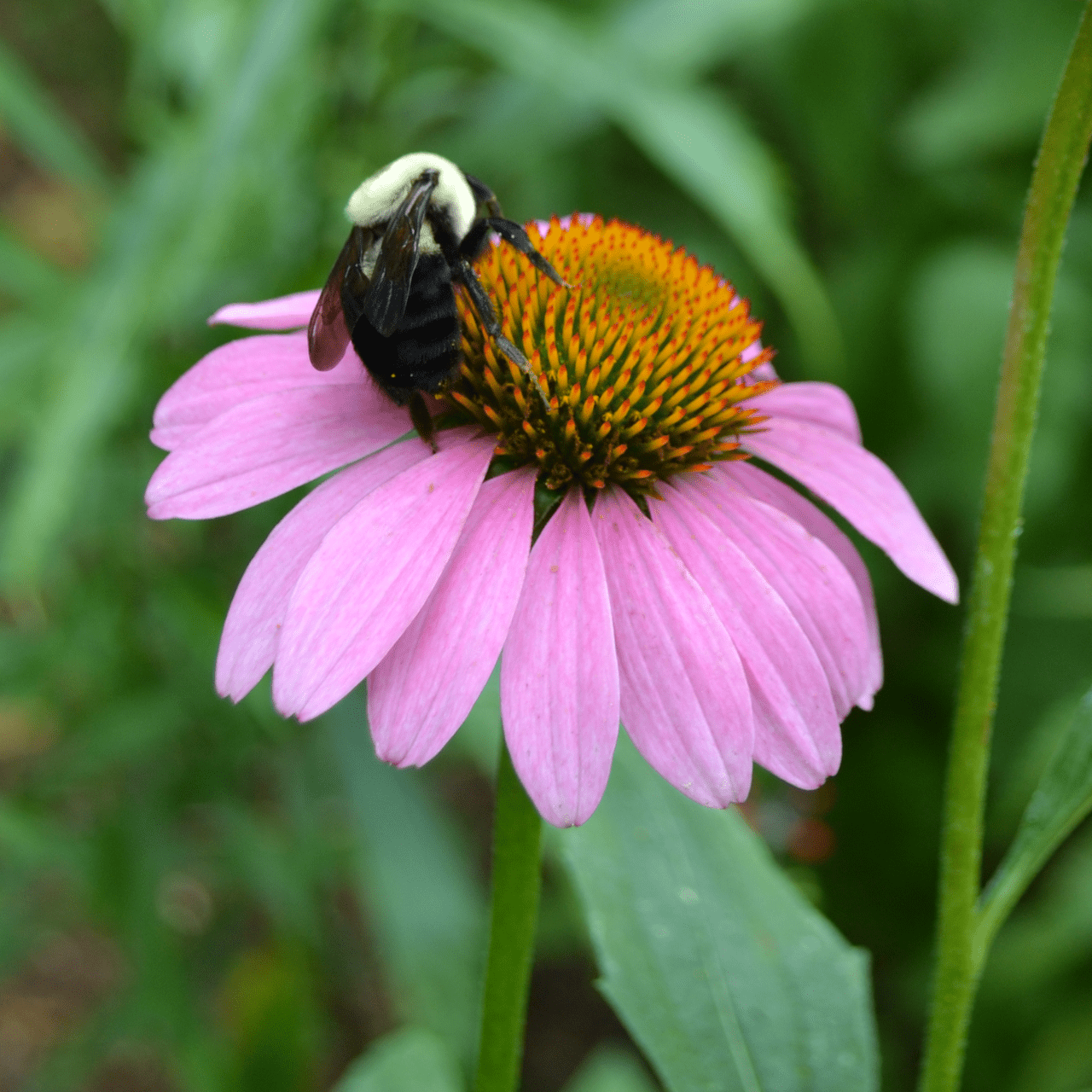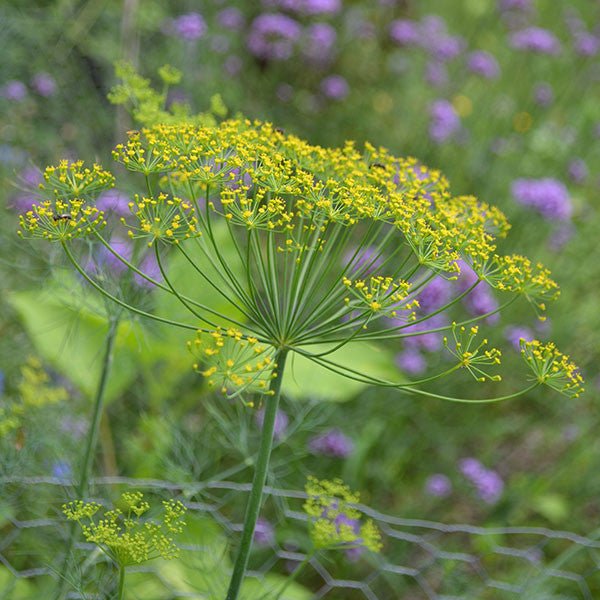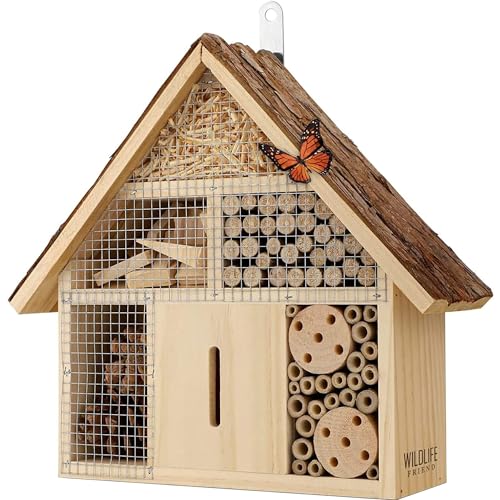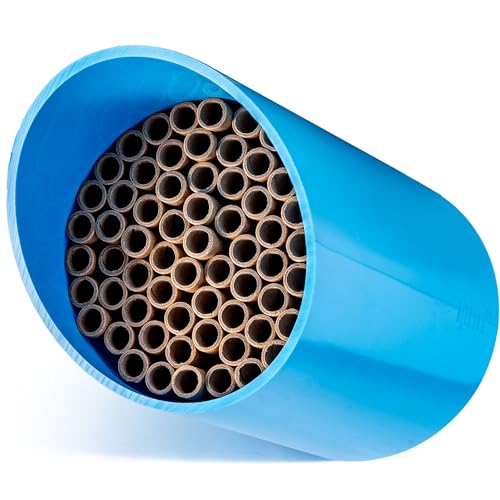How to help hoverflies in your yard – discover the crucial role they play and 5 plants these underrated pollinators love
Hoverflies are also an effective form of natural pest control

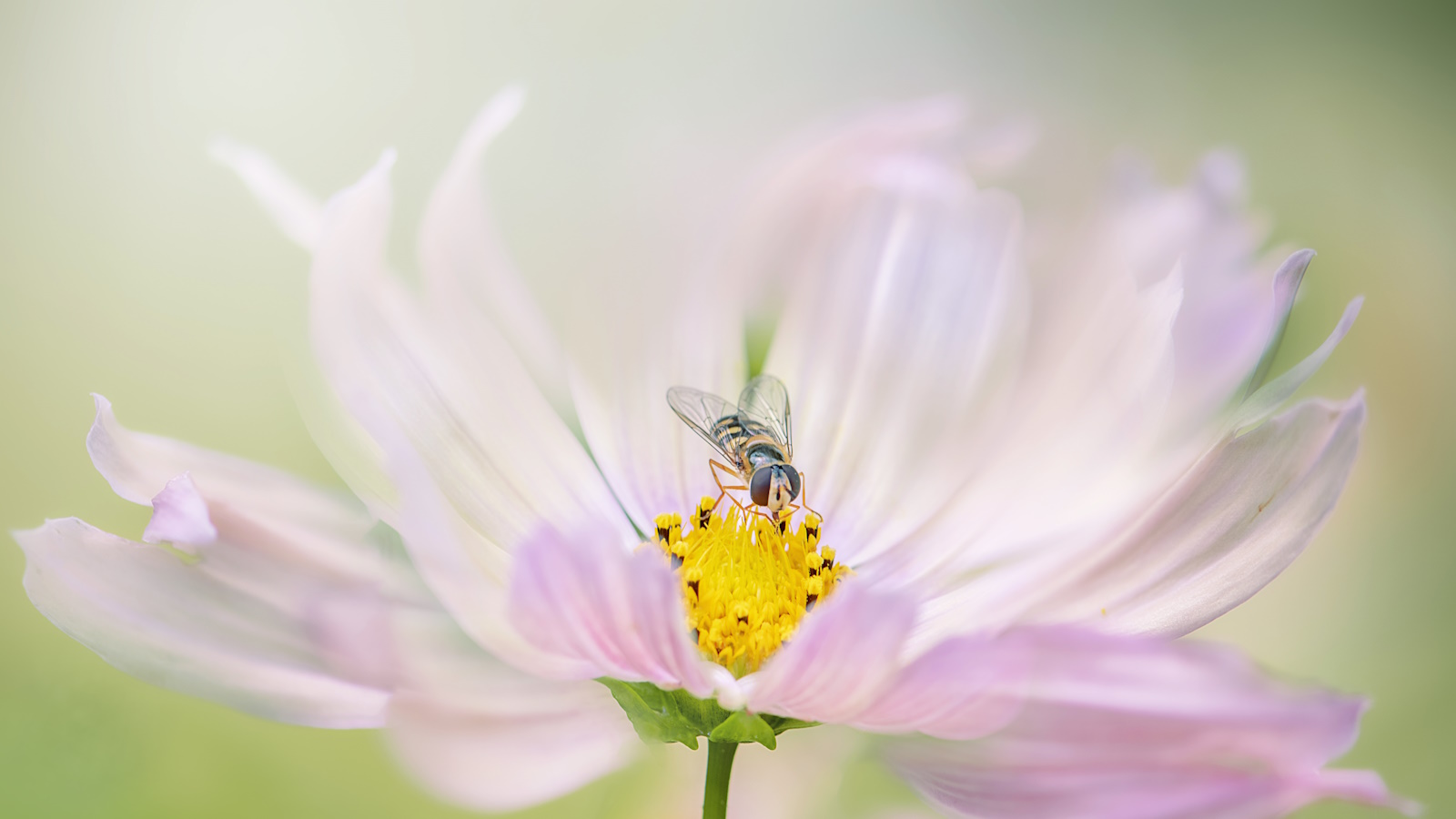
Hoverflies are on the decline globally, so there is no better time to begin supporting them in our yards. Often mistaken for wasps, hoverflies are a stingless insect that hover in the air, and are often referred to as an incidental pollinator.
Incidental pollinators are insects that don't specialize in pollinating; they do it accidentally when flying from flower to flower, transferring pollen. Adding some of the best plants for pollinators to your yard and doing what you can to provide shelter and support for hoverflies won't only help this fading species, but also your garden.
Also known as flower flies or syrphid flies, they are an important insect to have in your yard for reasons beyond pollination. Hoverflies are an amazing form of natural pest control, targeting destructive aphids and preventing them from ruining your plants. Here, gardening experts share some simple ways to make your yard more hoverfly-friendly in time for summer.
Why should we support hoverflies?
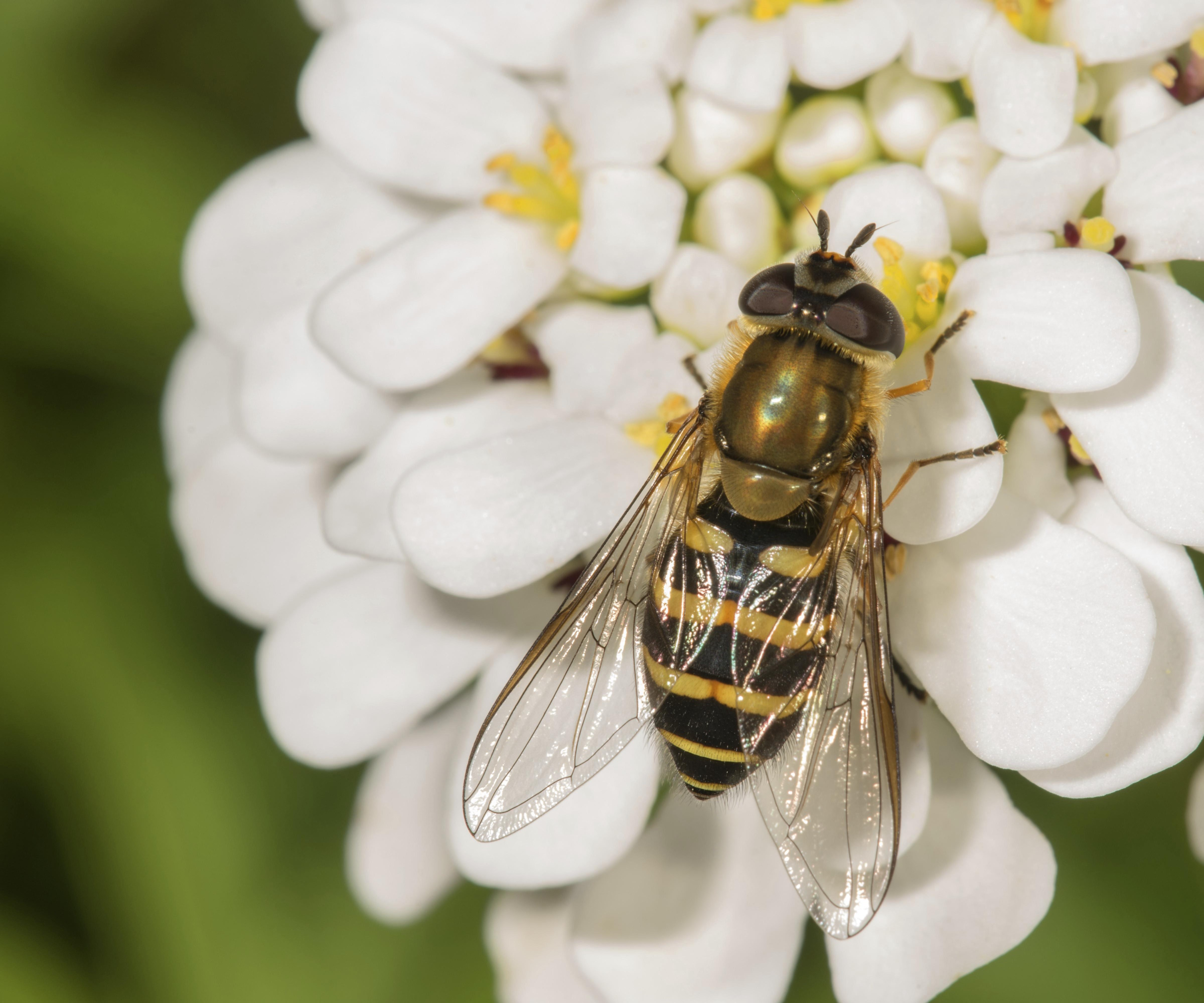
Tamara Hogan, plant and tree expert at Fast Growing Trees, says, 'Hoverflies are actually a fantastic predatory insect. If you have adult hoverflies, there is a great chance that you have larvae out in the yard doing some incredible work eating up pests like aphids, while the adults go around pollinating your flowers.'
Aphids are tiny, sometimes even invisible to the human eye, so by having hoverflies active in your yard you're tackling a future plant problem by getting rid of aphids before you can see the repercussions.
Hoverflies can also help to recycle organic decomposing matter present in your yard by feeding on it and spreading the broken-down nutrients back around the area.

Tamara Hogan graduated from Utah State University with a degree in Ornamental Horticulture and an emphasis in Greenhouse Management. She worked within various horticulture fields before joining Fast Growing Trees.
Plants that support hoverflies

There are specific plants that hoverflies find particularly appealing due to their scent or shape. Andrew Bunting, vice president of horticulture at the Pennsylvania Horticultural Society, breaks down five of the best ones to incorporate into your garden to support hoverflies:
Design expertise in your inbox – from inspiring decorating ideas and beautiful celebrity homes to practical gardening advice and shopping round-ups.
- Winecups (callirhoe involucrata): These are a creeping perennial with bright magenta cup-like flowers for hoverflies to creep inside of.
- Sweet alyssum (lobularia maritima): In the spring, the cool-season annual sweet alyssum can be planted to encourage hoverflies with its alluring scent.
- Lavender (lavandula angustifolia and lavandula x intermedia): Lavender are one of the best pollinator plants that a person can have in the garden generally, so hoverflies love them too. Avoid these lavender growing mistakes for an abundant, fragrant crop.
- Dill (anethum graveolens): The small open flowers of dill are perfect for adult hoverflies to feed on, and the leaves are often targeted by aphids. Learn how to grow dill here, according to plant experts.
- Creeping thyme (thymus serpyllum): Hoverflies find the small, vibrant flowers on creeping thyme such as red creeping thyme appealing for the same reasons as dill. The lemony-like scent can also encourage them to fly over.
Tamara importantly adds that it's necessary to consider the shape of a hoverfly's body when planting flowers, as their flatter bodies can struggle to sit on rounded flowers for too long.
'Flowers with flat heads like echinacea, daisies, and yarrow are great to help accommodate their flat bodies as they come to feed on nectar and pollen,' says Tamara.
Other ways to support hoverflies
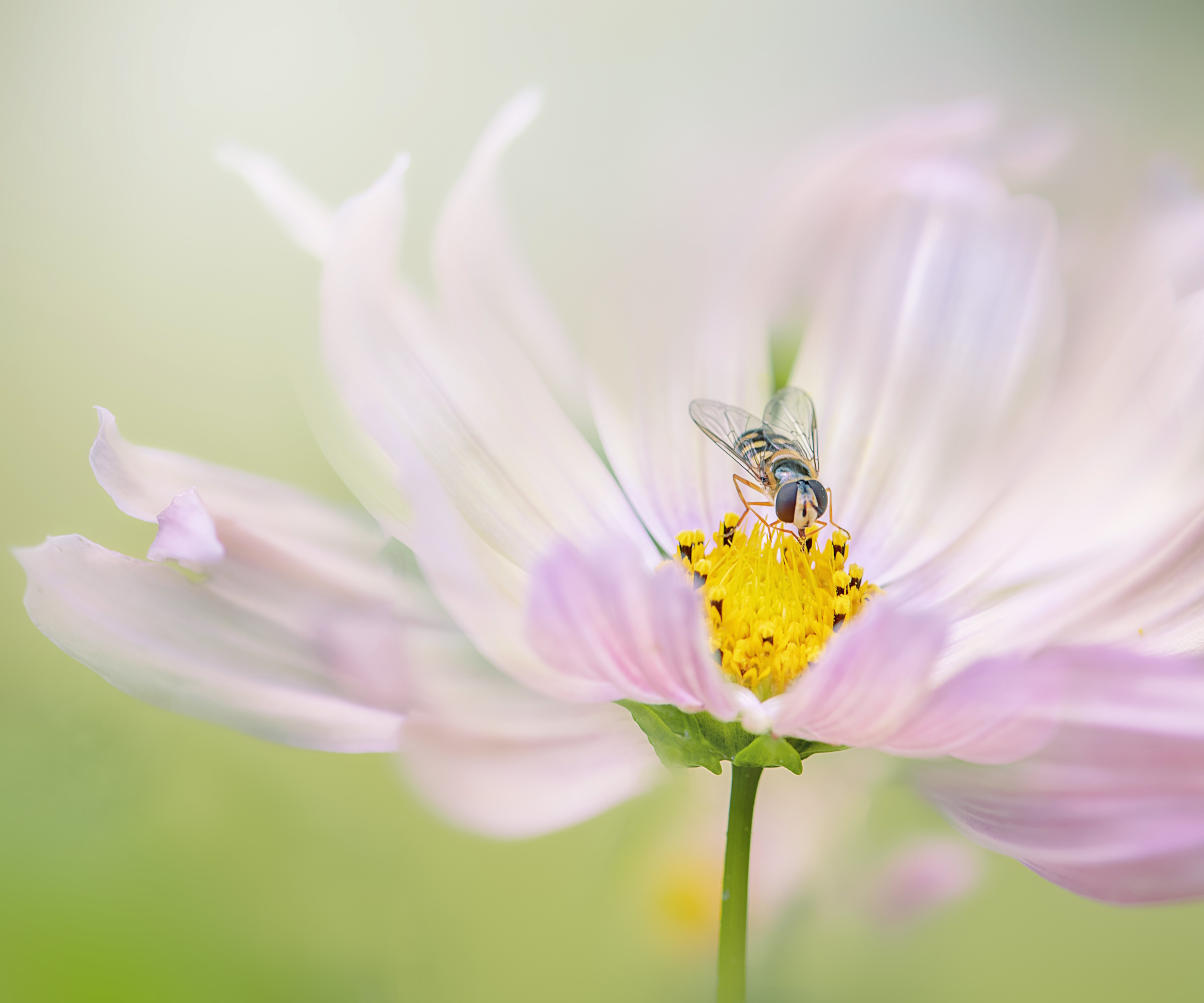
In addition to hoverfly-friendly plants, adding in sources of shelter, stimulation and water can make a big difference. Tamara and Andrew suggest the following:
- Add in a small pond or bird bath: 'Pollinators need access to water,' says Tamara. 'By having a "bee bath" or small garden pond idea for bugs to be able to drink from, you’ll attract pollinators such as hoverflies as well as bees and butterflies.' A shallow pond or bird bath are two great options to use for this as hoverflies will be less likely to drown as there's a place to land.
- Plant a mixture of seasonal flowers: Andrew made a great point when he told us it's important to 'plant a mix of flowering plants that come into flower in the spring, summer and fall.' Doing this will ensure hoverflies have a food source year-round, until they hibernate away in winter.
- Provide sheltered areas: Whether you're using a bug hotel or a pile of twigs and logs, having a sheltered area for hoverflies to fly around and take shelter during harsh weather will keep them stimulated and safe. 'Creating a hoverfly habitat in your yard is also important and often forgotten,' says Andrew. If you have nothing else to work with, raking a pile of leaves together and keeping it in a corner of your garden will do the trick.
Is there anything I should avoid doing to protect hoverflies?
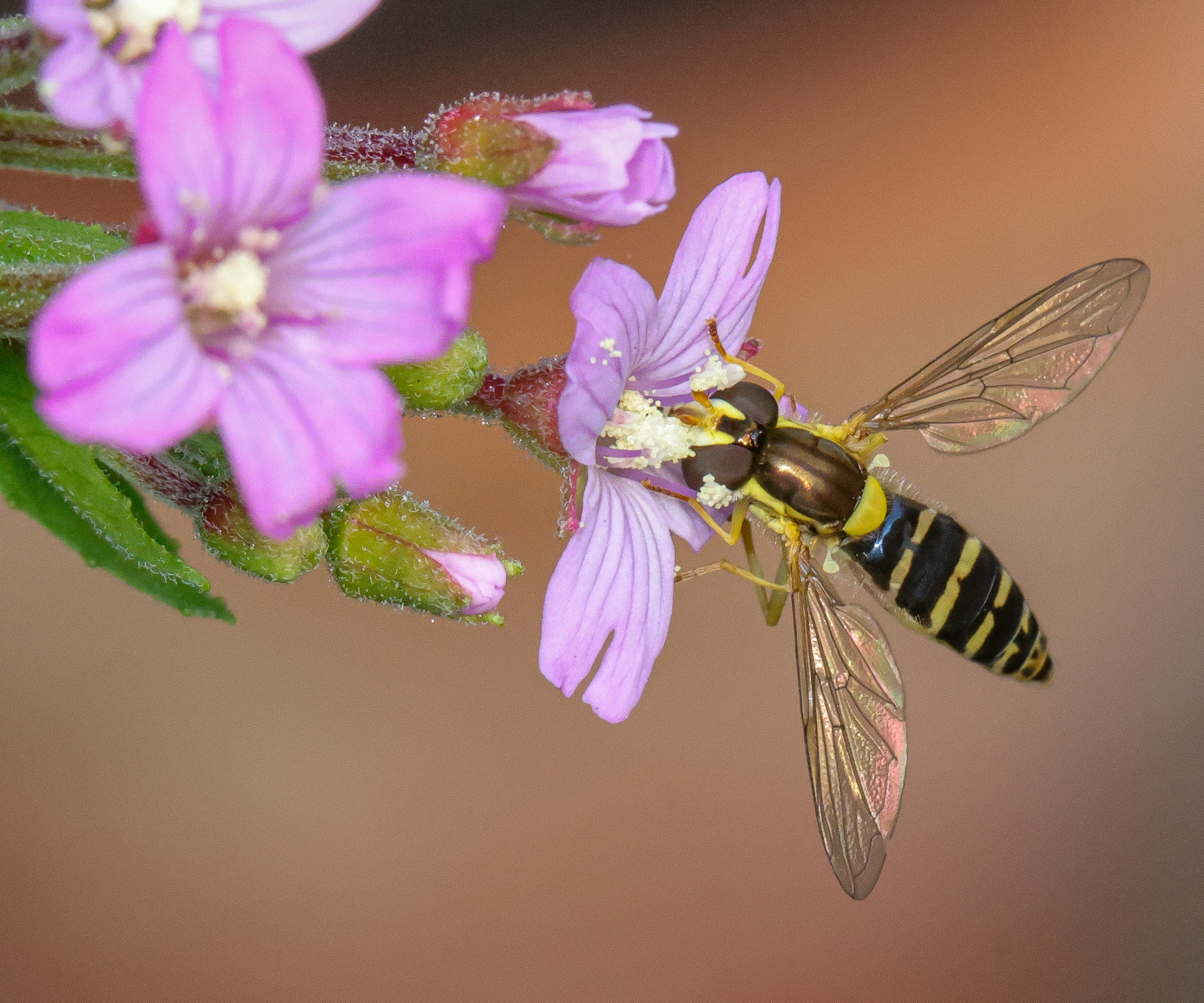
The most common mistake made when attempting to assist hoverflies is planting lots of highly-scented plants without researching which will actually deter them. Especially if you mix together a bunch of pungent plants, hoverflies would rather stay away and tuck themselves into a more subtly scented flowerhead elsewhere.
'Much like other bugs, hoverfly will avoid plants that are heavily scented like citronella or marigolds,' says Tamara. 'These are natural bug repellents so if you are wanting to use them to repel mosquitos, you will likely detract some hoverflies too.'
Andrew also notes that if you're seeking to increase the hoverfly population in your yard to 'always avoid the use of pesticides', as these harmful chemicals will both deter and potentially harm the insect.
Switching out your pesticides for homemade bug spray or something natural like the Neem oil spray for plants with peppermint oil from Amazon will repel harmful insects from your plants without poisoning your hoverfly population. Though it's best to only spray any pest repellent where necessary to deter as few beneficial pollinators like hoverflies as possible.

Andrew Bunting is Vice President of Horticulture and leads the utilization of planting and design to promote environmentally sound gardening practices at PHS. Prior to arriving at PHS, Andrew worked at the Chicago Botanic Garden, Chanticleer Garden, and the Scott Arboretum for a tenure of 27 years, and has received many commendations for his work. In 2015, Andrew published his first book, “The Plant Lover’s Guide to Magnolias.”
Making the most out of organic ways to deter pests is a must, and natural pest control is a fantastic example of this. You can use orange peels to deter pests if you place them around your yard. Then, after use, the peels can join your compost heap.

Ciéra is a writer and regional laureate with particular passions for art, design, philosophy and poetry. As well as contributing to Homes & Gardens, she's an Editorial Assistant for Design Anthology UK and a contributing writer for magazines including Livingetc, Apartment Therapy, House Beautiful and Ideal Home. Previous commendations of hers include being Highly Commended by The Royal Society of Literature and receiving a prestigious MA Magazine Journalism scholarship to City, University of London.
